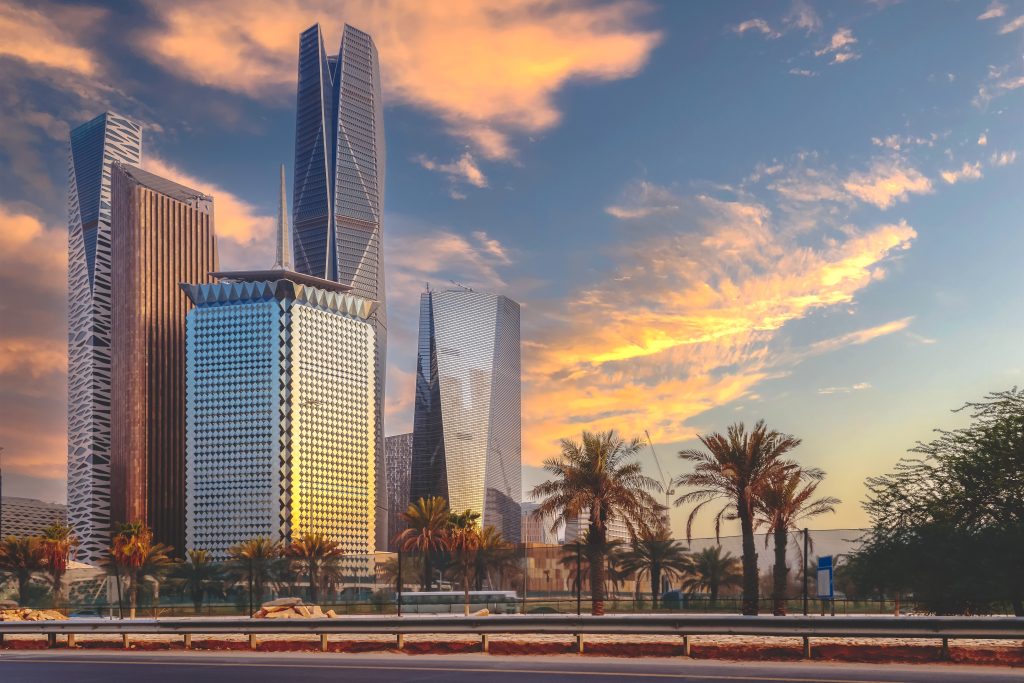The non-oil sector of Saudi Arabia is poised for expansion, fueled by escalating government investments in the ambitious Vision 2030 initiatives.
According to a recent analysis by S&P Global Ratings, Saudi Arabia’s Vision 2030 is anticipated to attract around $1 trillion in investments over an extended period. The government alongside the Public Investment Fund (PIF) is expected to inject a portion of this capital. However, the financial and banking sectors are also projected to play a substantial role in funding these projects.
The inflow of investments is likely to increase leverage within Saudi Arabia’s private sector and the economy at large, although the precise growth rate and increase in corporate sector leverage remain unclear.
The past five years have seen a significant growth in lending within the Saudi banking system, primarily due to a surge in mortgages, without a corresponding rise in publicly listed corporate debt. Companies, particularly in the energy, healthcare, and materials industries, have largely relied on internal cash flows for financing, maintaining moderate levels of leverage.
There is a notable shift in the composition of corporate balance sheet debt, with international debt gaining a larger share over domestic debt.
Despite the potential for higher leverage to cause imbalances and affect asset quality, the Saudi banking sector continues to demonstrate robust health, with strong asset quality indicators and capitalization. It is expected that banks will maintain their strong profitability and conservative dividend policies, which should support their capitalization in the short to medium term.
Additionally, Saudi companies have been actively pursuing new equity through IPOs in 2022 and 2023. Since the onset of 2024, 13 private companies have signaled their intention to list on Saudi Arabia’s main and parallel markets (Nomu), which could mitigate the accumulation of corporate debt.
Looking ahead, debt accumulation in the Saudi economy will be monitored closely. Nonetheless, S&P predicts a gradual increase in leverage, concentrated among companies within the PIF portfolio. The report also projects a real GDP growth of 2.2 percent in 2024 and 5 percent in 2025 for Saudi Arabia, with the non-oil sector expected to grow and contribute significantly to the economy, supported by government investments in Vision 2030 projects.
However, the kingdom is not without its challenges, facing risks such as protracted high-interest rates and geopolitical threats that could lead to increased costs for the most vulnerable companies. Moreover, banks may need to explore alternative funding avenues to sustain their growth, suggesting a cautious approach to the anticipated leverage increase.
